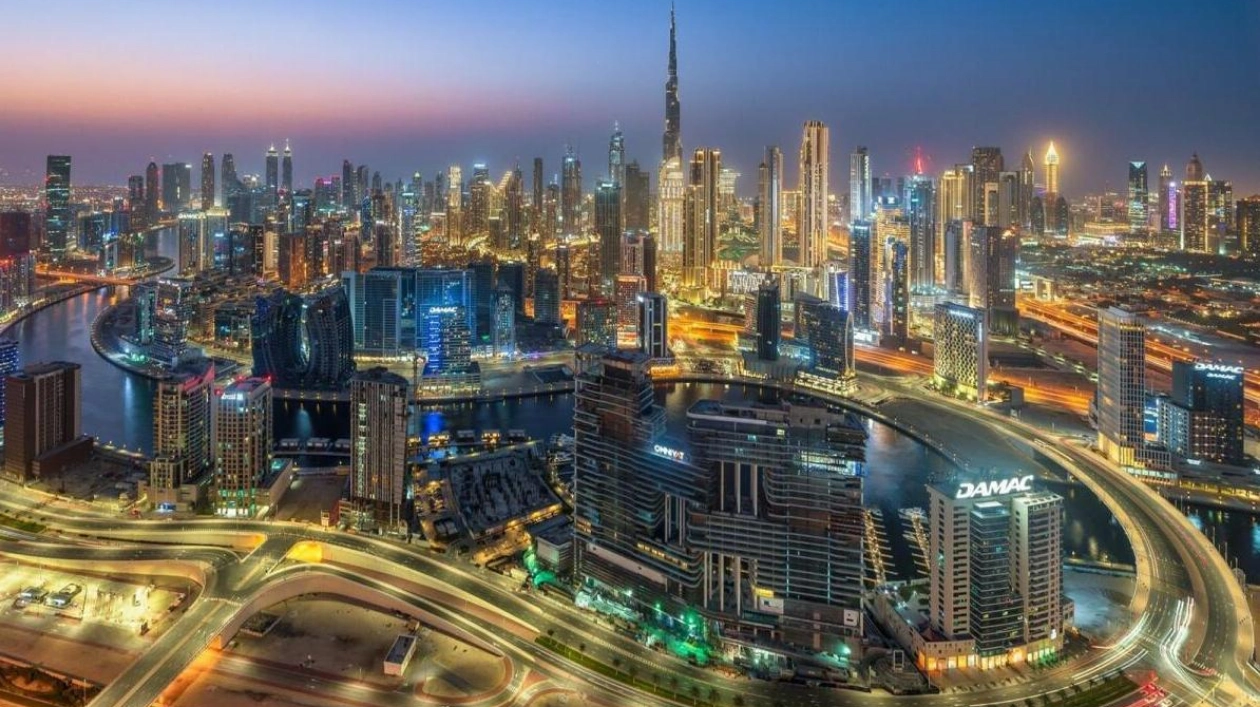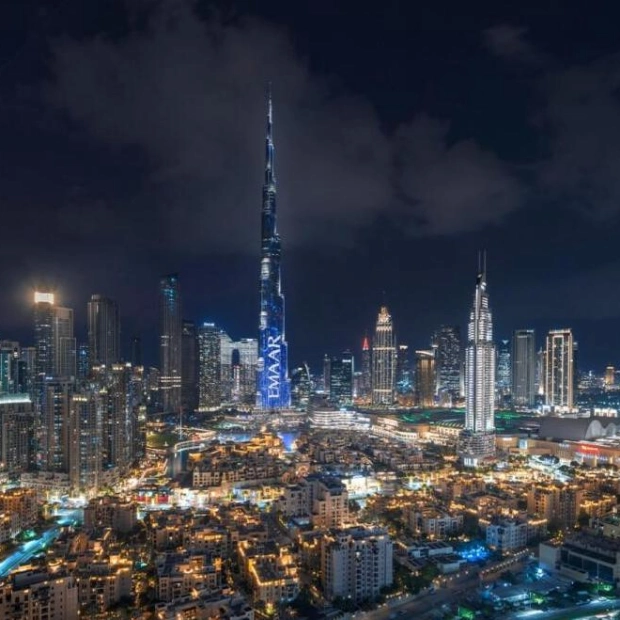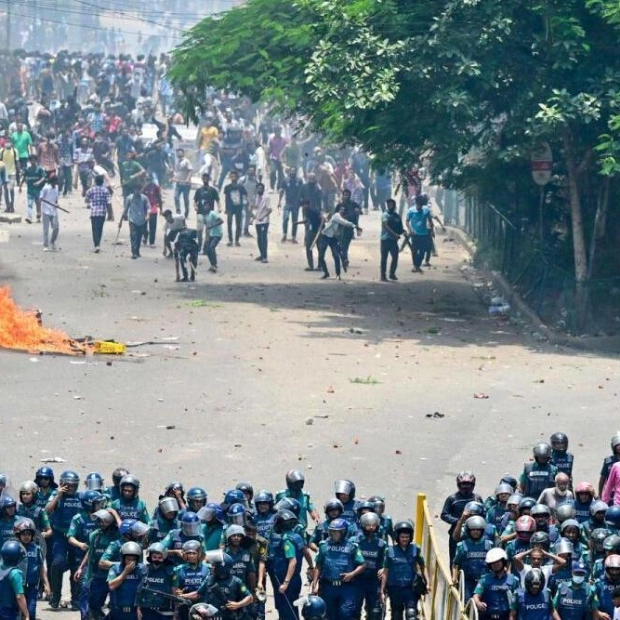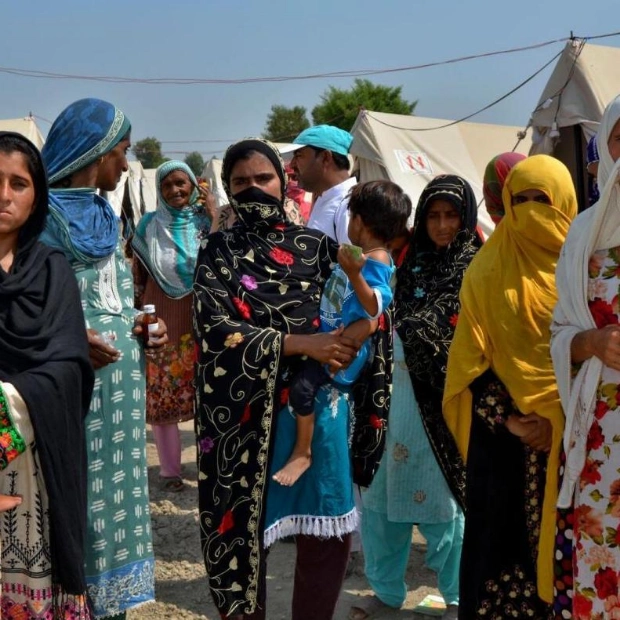Property prices and rents in Dubai are expected to remain stable for the next 18 months, but could face a decline thereafter due to a surge in supply following a significant number of new project launches post-pandemic, according to analysts at S&P Global. In a recent note, the international ratings agency highlighted that Dubai’s property market will continue to show resilience, unaffected by regional geopolitical conflicts, thanks to strong demand from both local and international investors, along with recent visa reforms that offer stability.
The note further stated that rental growth will stabilize as the stock of available units increases by 2025, initially in non-prime areas and subsequently spreading to the broader market. Sapna Jagtiani, primary credit analyst at S&P Global, emphasized that property prices will remain stable over the next 18 months but could decline due to increasing supply. An anticipated rise in supply could saturate the market, leading to lower prices and rents. The market anticipates an addition of approximately 182,000 residential units between 2025 and 2026, significantly higher than the average of 40,000 units delivered annually from 2019 to 2023.
Rents and property prices in most Dubai areas have been steadily increasing due to unprecedented demand in the post-pandemic era. However, Jagtiani noted that the real estate inventory absorption rate, among other factors, depends on Dubai's annual population growth, expected to be around 3.5% between 2025 and 2026, and investor demand. Although deliveries in 2024 have not matched those of 2023, significant delays in delivery, often due to construction capacity constraints, could tighten the market and support upward price trends in the short term. Nonetheless, the residential real estate market is expected to balance out by 2026 at the latest.
S&P Global anticipates Dubai’s population to reach 4 million by 2026. Given the expected population growth, high prevailing rents, and the high value per square foot returns on real estate investments in Dubai, which exceed those in most European countries, off-plan sale transactions are twice as high in the first half of 2024 compared to the secondary market. Buyers are also willing to pay a higher price per square foot for new constructions.
Dubai has introduced the D33 agenda to boost the real estate market and attract more foreign direct investment. S&P Global expects Dubai's economy to remain resilient, with real GDP growth staying close to 3% on average from 2024 to 2027, following a growth of 3.3% in 2023. Dubai's GDP per capita is projected to be around $38,000 in 2024.
The study also noted that the pace of new launches will slow down over the next 12-24 months as the market has absorbed the current supply but may not be sustainable in the long run. While developers are financially sound, they are expected to remain agile in adjusting new project launches based on demand evolution, focusing on smaller units when prices rise. In a weaker environment, less established developers may ease payment plans to maintain sales figures.
According to Property Monitor’s September report, new off-plan development project launches remained at record highs, with over 13,500 off-plan units added to the market for sale, with an anticipated combined gross sales value of Dh28.9 billion. During the first nine months, new project launches reached nearly 100,000 units and Dh242.7 billion in aggregate sales value, surpassing the volume of units launched in 2023 but falling short by Dh30 billion in sales value.
S&P Global projects that the share of luxury developments will decrease in 2025 as developers shift focus to affordable and mid-market properties. Despite luxury developments offering higher margins, the market for luxury apartments remains relatively small. Developers are expected to adjust the property mix and size to offer more affordable apartments and villas.
Source link: https://www.khaleejtimes.com






